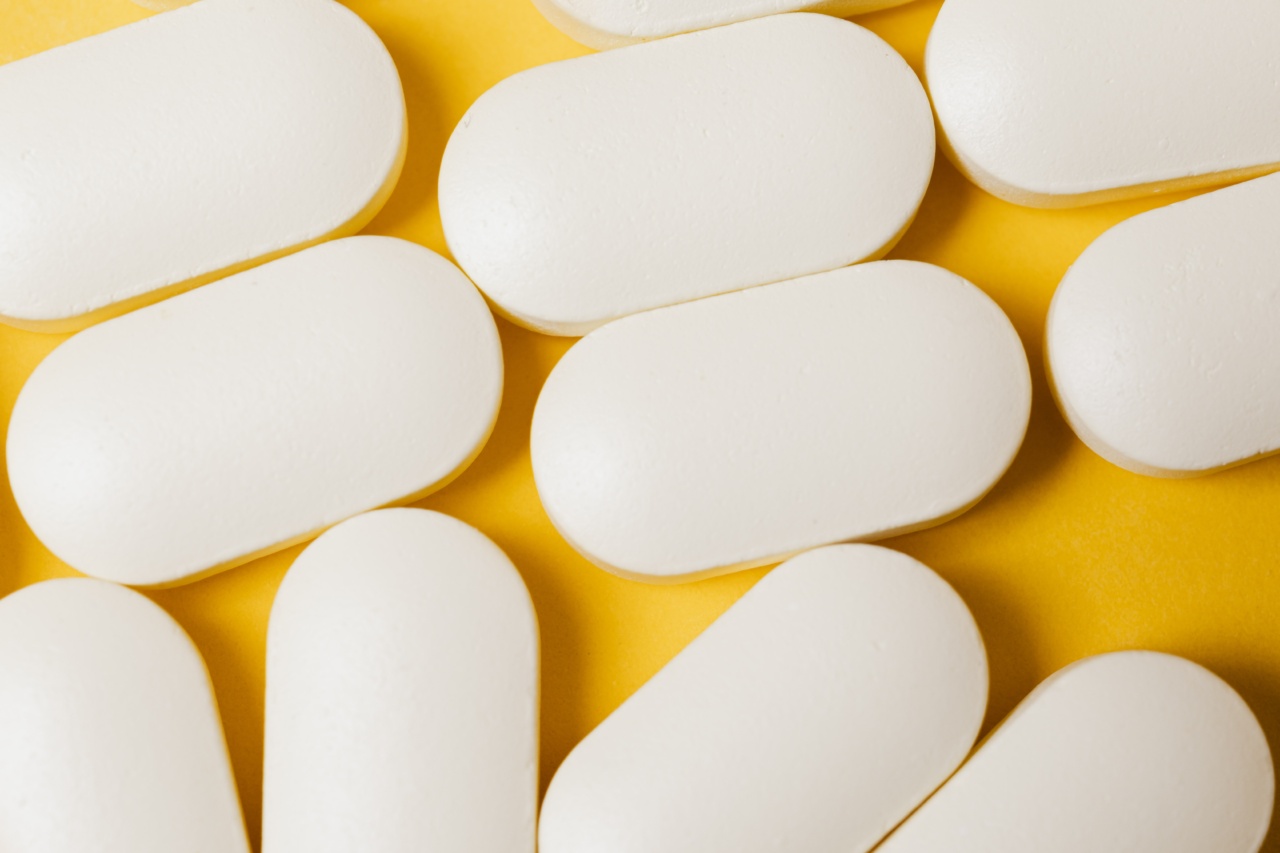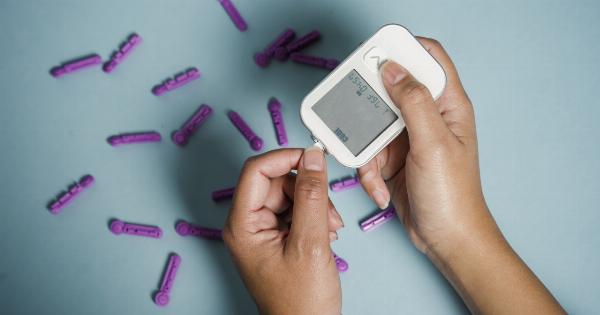Diabetes, hypertension, and high cholesterol are three of the most common and serious chronic conditions affecting millions of people worldwide. All three are major risk factors for heart disease and stroke.
While lifestyle changes such as exercise, healthy eating, and weight management can help manage and prevent these conditions, drug therapy is often necessary to control them. In this article, we will discuss the drugs used for the treatment of diabetes, hypertension, and high cholesterol.
Drug therapy for diabetes
Diabetes is a chronic disease characterized by high blood glucose (sugar) levels. There are two types of diabetes: type 1 and type 2.
Type 1 diabetes is an autoimmune disease that occurs when the body’s immune system attacks and destroys the insulin-producing cells in the pancreas. Type 2 diabetes is a metabolic disorder that occurs when the body becomes resistant to insulin or when the pancreas cannot produce enough insulin.
The main goal of drug therapy for diabetes is to lower blood glucose levels. The drugs used to treat diabetes include:.
1. Insulin
Insulin is a hormone that regulates blood glucose levels. People with type 1 diabetes require insulin injections to survive because their bodies cannot produce insulin.
Some people with type 2 diabetes may also require insulin therapy if their blood glucose levels cannot be controlled with other medications.
2. Metformin
Metformin is the most commonly prescribed medication for type 2 diabetes. It works by reducing glucose production in the liver and improving insulin sensitivity in the body.
3. Sulfonylureas
Sulfonylureas are a class of medications that stimulate the pancreas to produce more insulin. They are only used for type 2 diabetes and are usually prescribed when metformin is not effective or cannot be tolerated.
4. DPP-4 inhibitors
DPP-4 inhibitors are a newer class of medications that help regulate blood glucose levels by blocking the action of an enzyme that breaks down incretins, hormones that stimulate the pancreas to produce more insulin.
They are used in combination with other diabetes medications.
5. GLP-1 receptor agonists
GLP-1 receptor agonists are medications that mimic the action of incretins, which stimulate the pancreas to produce more insulin. They also slow down stomach emptying and reduce appetite, making them a useful medication for weight management.
They are often prescribed in combination with other diabetes medications.
Drug therapy for hypertension
Hypertension, or high blood pressure, is a condition in which the force of blood against the walls of the arteries is too high. If left untreated, hypertension can lead to serious health problems such as heart disease, stroke, and kidney failure.
The main goal of drug therapy for hypertension is to lower blood pressure.
The drugs used to treat hypertension include:.
1. Diuretics
Diuretics, also known as water pills, are medications that help the kidneys remove excess salt and water from the body. This lowers blood volume, which in turn reduces blood pressure.
2. ACE inhibitors
ACE inhibitors are medications that help relax blood vessels and lower blood pressure by blocking the production of angiotensin II, a hormone that narrows blood vessels.
3. Calcium channel blockers
Calcium channel blockers are medications that also help relax blood vessels and lower blood pressure by blocking calcium from entering the muscle cells of the heart and blood vessels.
4. Beta blockers
Beta blockers are medications that block the effects of adrenaline on the body. This lowers heart rate and blood pressure. They are often prescribed in combination with other hypertension medications.
5. ARBs
ARBs, or angiotensin receptor blockers, are medications that block the action of angiotensin II on blood vessels. They are often prescribed when ACE inhibitors cannot be used.
Drug therapy for high cholesterol
Cholesterol is a type of fat that is necessary for the body for proper functioning. However, too much cholesterol in the blood can lead to atherosclerosis, a condition in which fatty deposits build up in the arteries, causing them to narrow and harden.
This can increase the risk of heart disease and stroke. The main goal of drug therapy for high cholesterol is to lower LDL (bad) cholesterol levels. The drugs used to treat high cholesterol include:.
1. Statins
Statins are the most commonly prescribed medications for high cholesterol. They work by blocking the production of cholesterol in the liver and reducing LDL cholesterol levels.
2. Bile acid sequestrants
Bile acid sequestrants are medications that bind bile acids in the intestines, preventing them from being absorbed into the bloodstream. This reduces the amount of LDL cholesterol in the blood.
3. PCSK9 inhibitors
PCSK9 inhibitors are a newer class of medications that help lower LDL cholesterol levels by blocking the action of a protein called PCSK9, which prevents the liver from removing LDL cholesterol from the blood.
4. Fibrates
Fibrates are medications that lower triglyceride levels, another type of fat in the blood. They also help raise HDL (good) cholesterol levels.
5. Niacin
Niacin, or vitamin B3, is a medication that can lower LDL cholesterol levels and raise HDL cholesterol levels. However, it can cause uncomfortable side effects such as flushing and itching.


























